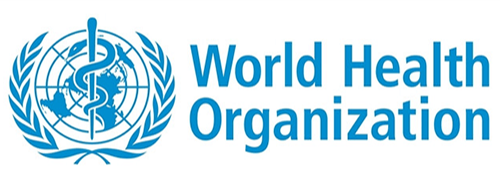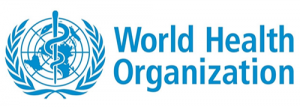Introduction to Sanitation Safety Planning
In 2018 the World Health Organization WHO launched its first comprehensive guidelines on sanitation and health to promote safe sanitation systems and practices. The guidelines aim to provide evidence-informed recommendations and offer guidance to ensure international, national and local sanitation policies and programs effectively protect public health. One of its key recommendation is to ensure systems and services are selected to respond to the local context and that investment and system management are based on local risk assessments along the entire sanitation chain, so users and the community are protected.
Sanitation Safety Planning (SSP) is the WHO recommended approach for local health risk assessment and management for sanitation systems. This can identify incremental improvements at each step of the sanitation service chain to allow progressive implementation towards sanitation targets and allows investments to be prioritized according to the highest health risks and thereby maximize gain. Furthermore, SSP can and should take into consideration current and future risks, including those posed by climate variability and climate change.
Watch the following lecture to have an introduction to Sanitation Safety Planning, and how it supports to implement the 2018 WHO Guidelines:
To follow the lecture closely, you can download the lecture transcript. Also, you can download and print the PPT handout to take notes while watching the video:



